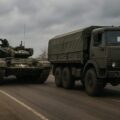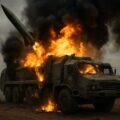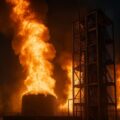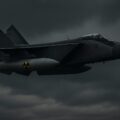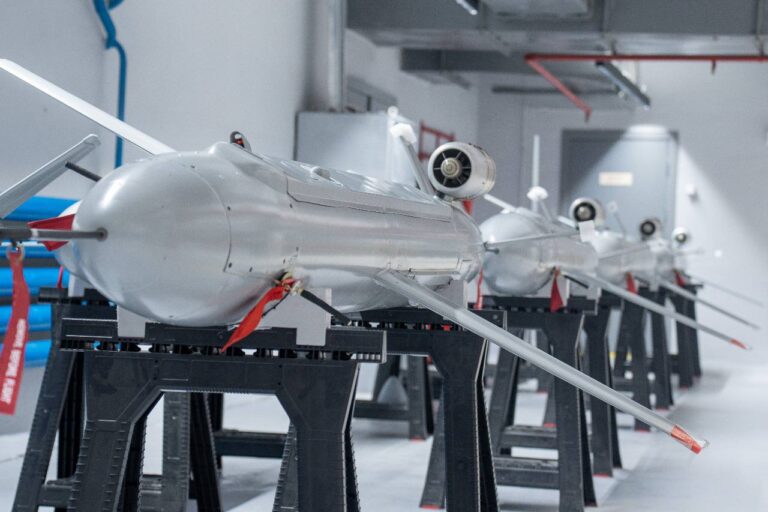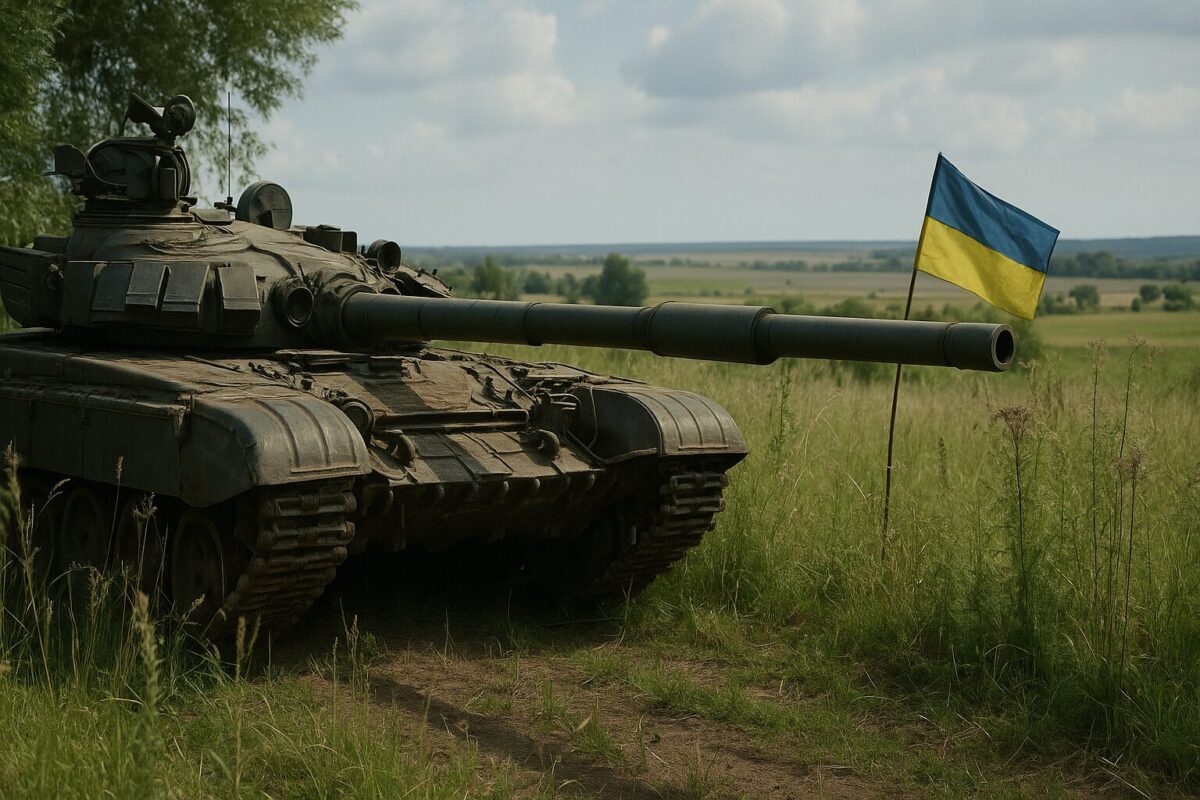
Russian Offensive in Sumy: Real Threat or Diversion from Donbas?
As Ukraine enters the summer phase of the 2025 war, the focus of public and military discourse has shifted once again — this time to the north. The Sumy region, long considered a relatively stable border zone, has suddenly drawn renewed attention.
Reports from former Mariupol officials, Ukrainian intelligence, and military analysts all point to a growing Russian military buildup near Sumy. But is this where the main threat lies? Or is it part of a broader plan to stretch Ukraine’s defenses thin across the front?
Fact #1: Russian forces are approaching Sumy
According to The Times, Russian troops are now positioned less than 30 kilometers from the city of Sumy. Border villages such as Loknia and Yunakivka are reportedly under occupation, and more than 200 settlements in the region have been evacuated.
Russian forces have gained control of roughly 125 square kilometers in the area, with an additional 70 square kilometers falling into what analysts describe as a contested “gray zone.” The capture of Kostyantynivka (Sumy region) has also been confirmed — placing Sumy under more immediate threat from the northwest.
Fact #2: Equipment being transferred from Crimea and the south
Sources within Ukrainian intelligence — cited by Kyiv Independent and former Mariupol adviser Petro Andryushchenko — report the redeployment of Russian military assets from Crimea and the Kherson region to the northeastern front, near Sumy.
This includes tanks, armored vehicles, infantry units, and special forces. Simultaneously, Russia’s so-called “Northern Grouping” of troops has increased its activity, echoing the early 2022 push toward Kyiv via Sumy and Chernihiv.
Fact #3: Claims of an advance into Dnipropetrovsk — disinformation?
In early June, several pro-Russian Telegram channels claimed that Russian troops had reached the administrative border of the Dnipropetrovsk region. Ukraine’s General Staff quickly denied the reports, confirming that there was no verified Russian breakthrough in that area.
Both British and Ukrainian analysts see these claims as part of an information operation — aimed at confusing Ukrainian command and exaggerating the scale of the Russian advance.
Strategic objective: Donbas
Despite rising pressure near Sumy, most Western military analysts agree: Russia’s main strategic focus remains the Donbas.
The Economist, The Washington Post, and the Institute for the Study of War report that President Putin has ordered his military to capture Pokrovsk and Kostyantynivka (Donetsk region) during the summer–autumn campaign of 2025.
These cities serve as key logistical hubs. Controlling them would pave the way for a push toward Kramatorsk and Sloviansk. In this context, operations near Sumy are viewed as a diversion — designed to stretch Ukraine’s forces and weaken the defense of more critical areas.
What is Ukraine saying?
The head of the Sumy regional administration has officially stated that there are currently no grounds for evacuating the city. Ukraine’s General Staff acknowledges increased Russian activity in the north but notes there is no evidence of a large-scale offensive at this time.
Defensive lines in the region are being actively reinforced. According to unconfirmed reports, Ukraine is preparing a second line of defense to halt any potential breakthrough near the border.
Revelant
What does this mean?
- The threat to Sumy is real — but manageable. The situation is tense, but not out of control. There is no need for panic.
- Russia aims to stretch Ukraine’s defenses. The pressure in the north may be designed to force Ukraine to reallocate forces — weakening the defense of key positions in Donbas.
- Pokrovsk and Kostyantynivka are the real targets. These fronts — not Sumy or Dnipropetrovsk — are where Russia may seek symbolic and strategic gains for internal propaganda.
- Intelligence and calm are crucial. Russia continues to rely on information warfare. The response must be disciplined, analytical, and rooted in trust in Ukraine’s Armed Forces.
Russia’s push toward Sumy is a serious development — but likely not the main offensive. Its primary function appears to be distraction and destabilization.
The real fight remains in Donbas. And while it’s not yet clear where Russia will commit the bulk of its forces, one thing is certain: Ukraine’s ability to read and respond to these movements — not just militarily, but strategically — will define the outcome of this summer’s battles.





